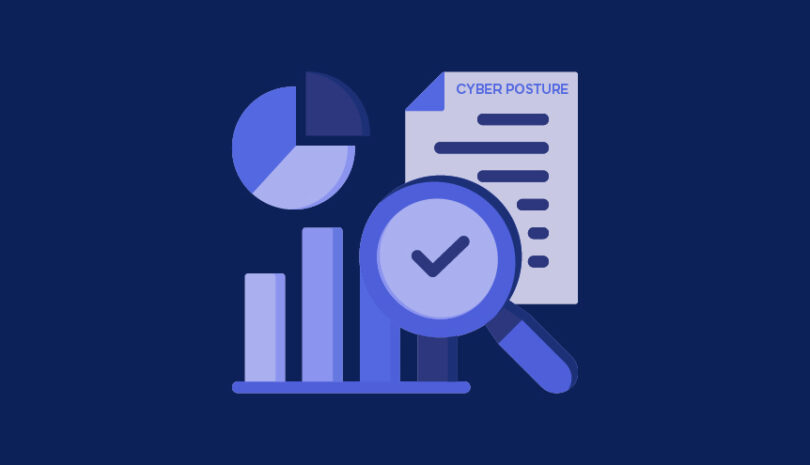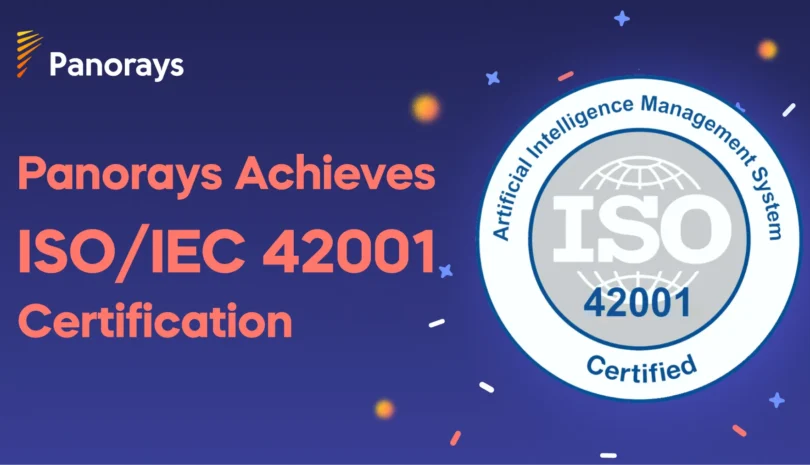You’re a CISO. Another day, another stack of vendor risk assessments and compliance requirements. But as you scan the numbers on your screen, something feels off. The risk scores seem disconnected from the operational realities of your company, and you can’t shake the feeling you’re not seeing the full picture.
Sound familiar?
Today, security teams everywhere are struggling to connect risk scores with business operations and justify security decisions to leadership. The problem runs deeper than inaccurate risk scores; it’s a crisis of context.
Are “Good” Risk Scores Good Enough?
Risk scores promise simplicity in an ever-changing threat environment, providing a neat, tidy way to categorize vendors as “high,” “medium,” or “low” risk. But just like life, cybersecurity isn’t black and white. The score can provide a starting point but it doesn’t capture the dynamic nature of risk.
For example, a vendor with a “low” risk score might look safe at first, but what if they have access to your sensitive data? At the same time, a “high-risk” vendor might present little actual threat if monitored and restricted from your core operations. Point is, without context, you can’t see the full picture, and that’s a risk no cybersecurity professional wants to take.
What Traditional Risk Scores Miss
Even more important than the risk score is understanding the “why” behind it. That’s where it all starts: the vendor’s role in your ecosystem, their security track record, the dependencies they create, and the regulations they need to follow. In other words: context is what separates perceived from actual risk.
As a senior CISO told our analysts following a breach in their organization, “The problem wasn’t that we didn’t assess them. It’s that we assessed them the same way we assessed everyone else.”
That’s exactly where most third-party security programs fall short. When context gets stripped from security metrics, these are the problems you’re likely to encounter:
- Overloading low-risk vendors with unnecessary security steps
- Limited visibility into fourth-party dependencies (think MoveIt’s 2023 breach, where affected organizations were unaware their third-party vendors were using a vulnerable file transfer tool)
- Difficulty addressing industry-specific vulnerabilities and regulatory requirements
- A false sense of security, even when business context points at a growing security gap
How to Add Context to Risk Assessments
One core challenge security professionals face is connecting the dots between technical vulnerabilities and their potential impact on the business. To get this right, you need to look at four different layers of context. Here’s a breakdown of the key layers of context and the questions you should be asking.
1. Business Criticality
Business criticality determines the potential business impact if the vendor has a security incident or service outage. Ask yourself:
- How critical is this vendor to operations?
- What type of data do they access?
- What business processes depend on them?
2. Relationship Dynamics
This layer reveals how vendor access and dependencies change over time, and how these changes can affect your risk exposure. Consider:
- Is this a new or established relationship?
- Are they a direct provider or subcontractor?
- How might this relationship evolve?
3. Industry-Specific Risks
This layer highlights unique risk factors like regulatory requirements and threat actors in your industry. Ask:
- What threats are actively targeting your vendor’s industry?
- Which compliance requirements apply?
- What industry standards govern this relationship?
4. Organizational Risk Posture
This ties everything back to your organization’s overall risk strategy. Think:
- What is your organization’s risk appetite for third-party dependencies?
- How do these vendor risks align with your business KPIs and operational priorities?
- Are you prepared to accept, mitigate, or avoid these risks based on your risk tolerance?
Building Your Context-Driven Security Strategy
So how to get practical about context? The first step is to align your third-party security program with a strategy that prioritizes business growth.
1. Start by tiering your vendors
Categorize your third parties based on:
- Data sensitivity (what information they access)
- Operational criticality (how disruption would impact your business)
- Integration depth (how connected they are to your systems)
2. Tailor your risk assessments
Align your third-party security routine with your vendor tiers:
- Tier 1 – Critical: Comprehensive assessments with continuous monitoring
- Tier 2 – Important: Standard assessments with quarterly reviews
- Tier 3 – Basic: Simplified assessments with annual reviews
3. Implement dynamic monitoring triggers
Watch for red flags that require immediate attention:
- Ownership changes or acquisitions
- New data access requirements
- Expansion into regulated markets
- Security incidents in their industry
4. Map your vendor ecosystem
Look beyond individual vendors to examine how third-parties interact with each other:
- Identify fourth-party dependencies
- Recognize shared infrastructure risks
- Document data flow between vendors
To automate this process and improve risk visibility, consider using a context-aware TPRM platform like Panorays.
How Panorays Brings Context to TPRM
A Forrester-recognized cybersecurity leader, Panorays is the industry’s most context-aware risk rating system.
Panorays risk ratings bring the missing context to third-party risk management by aligning security insights with business-critical dependencies. Analyzing millions of security signals against your company’s unique business KPIs, Panorays delivers risk assessments that feel custom-made; because they are.
| Standard Risk Ratings | Panorays’ Risk Ratings |
| Static security ratings | Dynamic risk ratings based on evolving threats and business impact |
| Point-in-time assessments | Continuous monitoring |
| Generic risk evaluations | Tailored to your business priorities, risk appetite, and regulatory requirements |
| Limited visibility into fourth-party dependencies | Deep asset discovery, including 4th- and 5th-party dependencies |
| Disconnected threat alerts | Full-context alerts with actionable remediation plans |
| One-size-fits-all questionnaires | Automated questionnaires that adapt based on vendor type and risk level |
This makes Panorays the only TPRM platform that understands business, not just security. And that’s why organizations like Howden Group Holdings, Payoneer, and WalkMe, trust Panorays to manage their complex digital supply chains.
Is your third-party security strategy missing critical context?
Schedule a demo to see how Panorays can deliver the contextual risk intelligence your organization needs.



